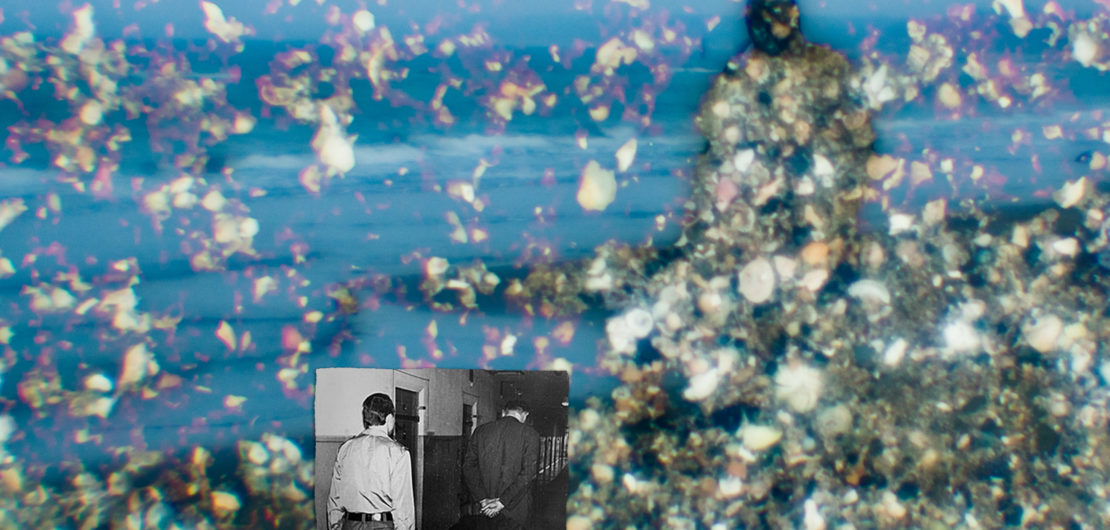
ZERSETZUNG
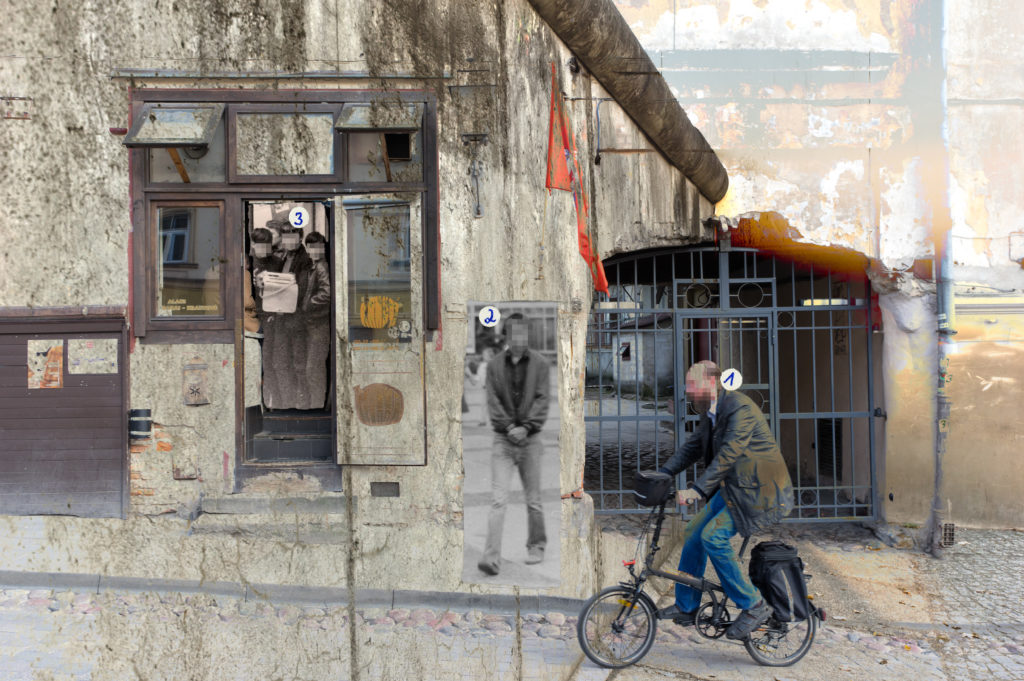
The project is a reflection about psychological manipulation named „Zersetzung” (Decomposition, dissolution) which used by Stasi in East Germany.
This psychological warfare technique the secret police used to silence political opponents by repression. Their private, social, professional life was ruined and put these people into depression and suicidal condition. The main forms of this kind of manipulation were undermining self-esteem, social isolation, family dissolution, invasion in private space, increase anxiety, paralysis, disorganization, hostile, abuse, disorientation, street theater, depersonalization, child alienation, social undermining, blackmailing, stalking, perception fragmentation, repeated disappointed.
This project contents multi exposition shots and Stasi photo documentation as a subjective and objective reality.
„…not many East Germans tried to fight against the Communist regime. If yes, the Stasi often used a method which was really diabolic. It was called Zersetzung, and it’s described in another guideline. The word is difficult to translate because it means originally “biodegradation.” But actually, it’s a quite accurate description. The goal was to destroy secretly the self-confidence of people, for example by damaging their reputation, by organizing failures in their work, and by destroying their personal relationships. Considering this, East Germany was a very modern dictatorship. The Stasi didn’t try to arrest every dissident. It preferred to paralyze them, and it could do so because it had access to so much personal information and to so many institutions. Detaining someone was used only as a last resort.”
„…have a short look at the history of the Stasi, because it’s really important for understanding its self-conception. Its origins are located in Russia. In 1917, the Russian Communists founded the Emergency Commission for Combating Counter-Revolution and Sabotage, shortly Cheka. It was led by Felix Dzerzhinsky. The Cheka was an instrument of the Communists to establish their regime by terrorizing the population and executing their enemies. It evolved later into the well-known KGB. The Cheka was the idol of the Stasi officers. They called themselves Chekists, and even the emblem was very similar, as you can see here. In fact, the secret police of Russia was the creator and instructor of the Stasi. When the Red Army occupied East Germany in 1945, it immediately expanded there, and soon it started to train the German Communists to build up their own secret police.”
Hubertus Knabe | TEDSalon Berlin 2014 “The dark secrets of a surveillance state”.
https://opensea.io/collection/subjective-documentary
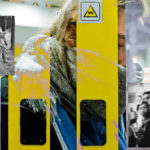
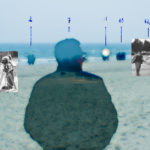
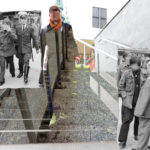
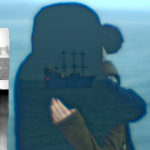
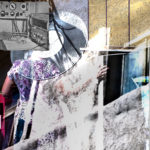
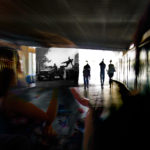

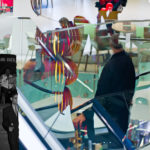
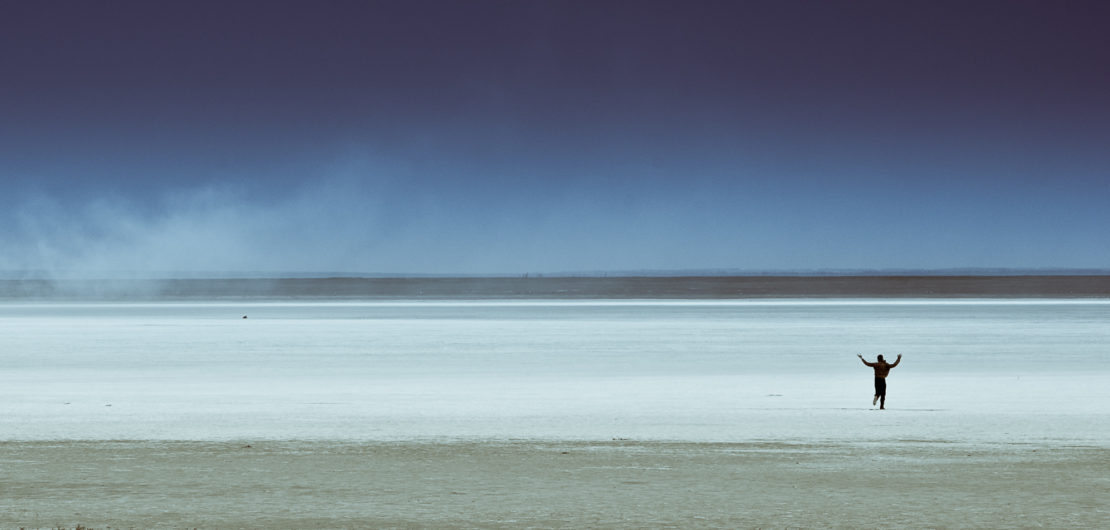
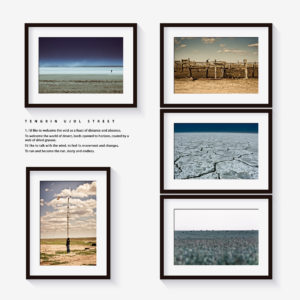
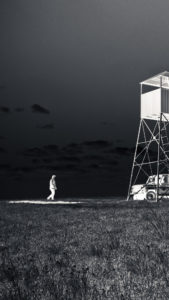
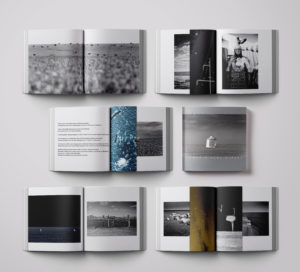 I’d like to welcome the void as a feast of distance and absence,
I’d like to welcome the void as a feast of distance and absence,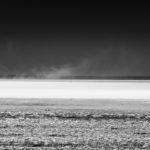
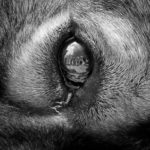
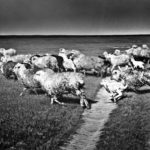
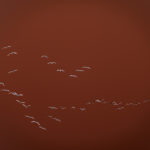
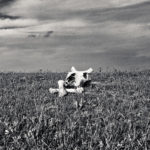
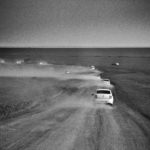
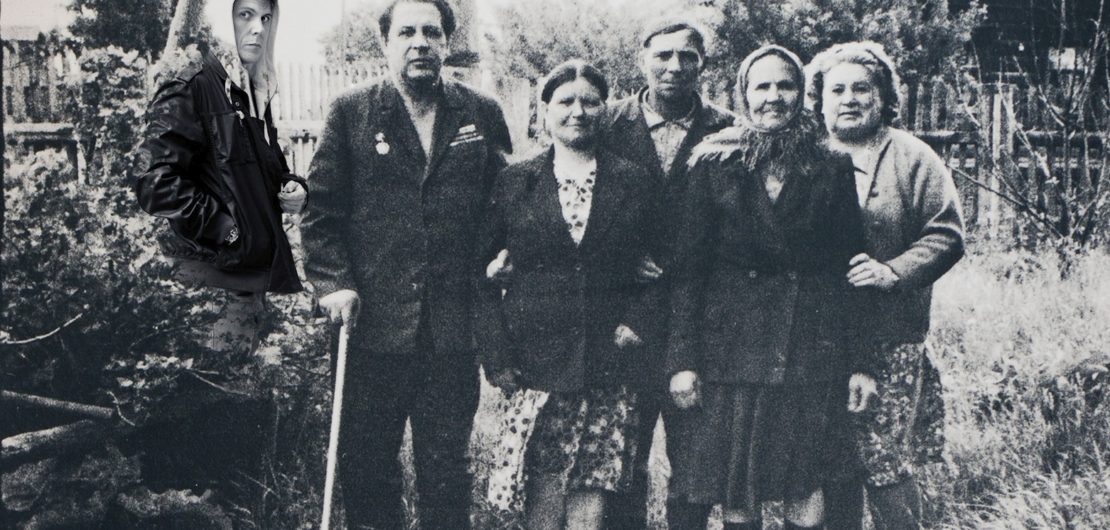
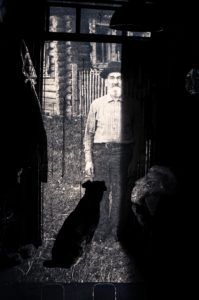 Rybalka (Fishing) is catching images from the past, intellectual game with intervention in passed times.
Rybalka (Fishing) is catching images from the past, intellectual game with intervention in passed times.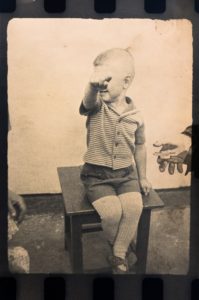 2. Comparison in the diptych – the emergence of a new relationship between the images.
2. Comparison in the diptych – the emergence of a new relationship between the images.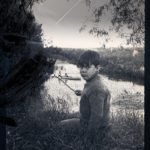
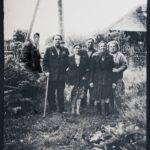
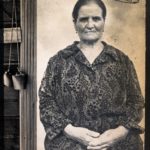
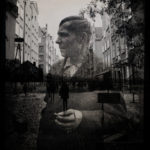
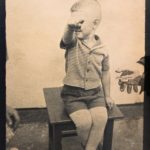
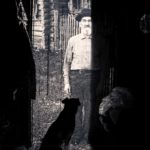

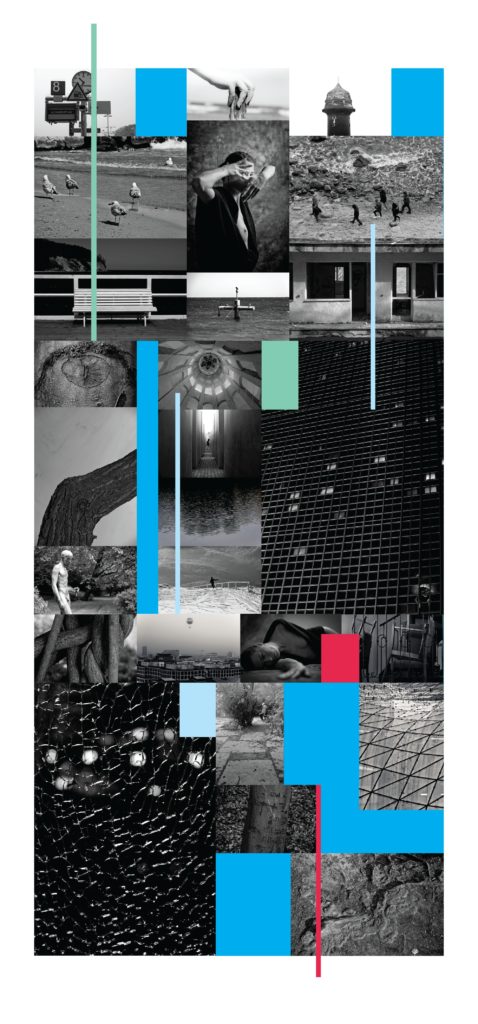 Loneliness is like the rain.
Loneliness is like the rain.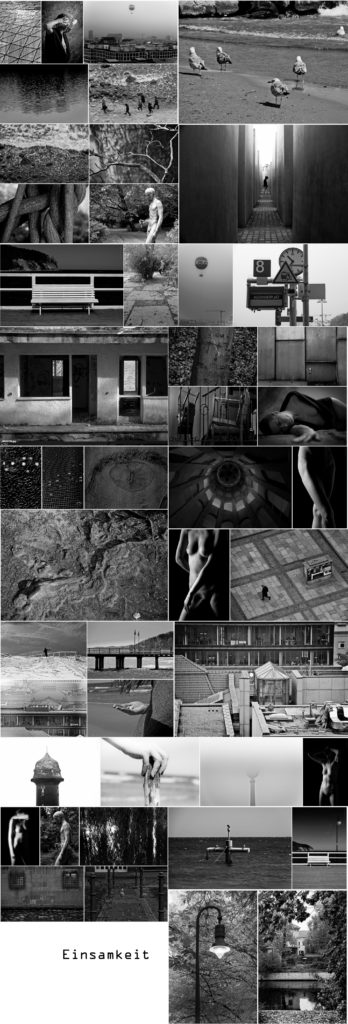 Samotność jest jak deszcz.
Samotność jest jak deszcz.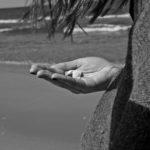
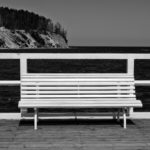
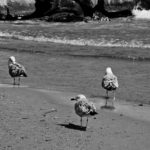

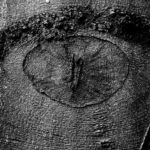
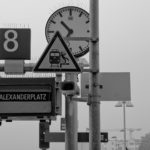
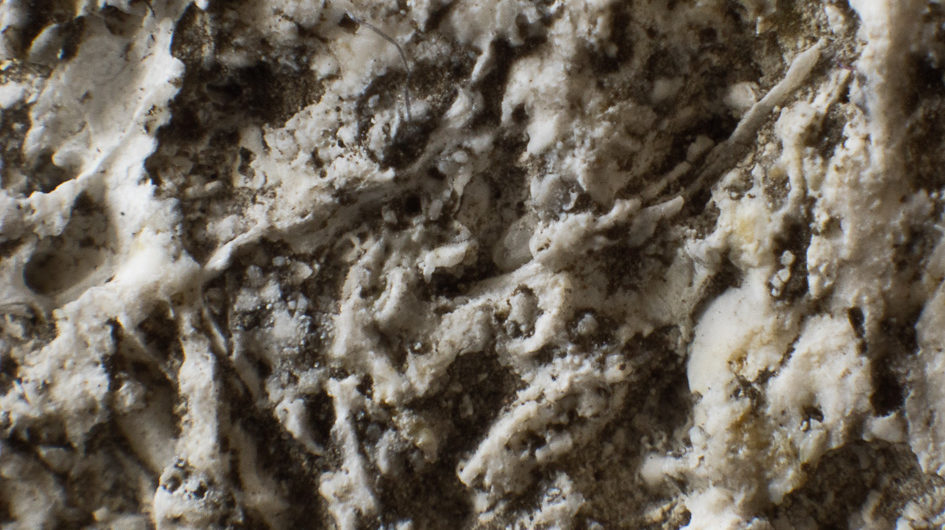
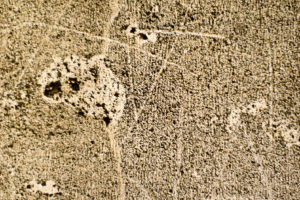 A jak skóra, kamień nosi ślady ludzkiego czasu.
A jak skóra, kamień nosi ślady ludzkiego czasu.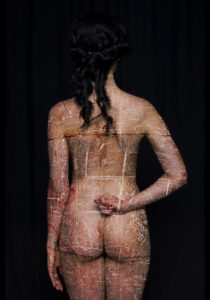 Pałac Kultury i Nauki jest pomnikiem minionej epoki jak góra lodowa wciąż znajduje się w chwili obecnej. Część architektoniczny jest widoczny i może być zrozumiana w coś trwałego. Większa część, jest symboliczny w głębi, w pamięci, nostalgia, relacje między ludźmi, kulturami i pokoleniami. Dla mnie era komunistyczna jest związana nie tyle z “budowaniem komunizmu”, represjami i ograniczeniami
Pałac Kultury i Nauki jest pomnikiem minionej epoki jak góra lodowa wciąż znajduje się w chwili obecnej. Część architektoniczny jest widoczny i może być zrozumiana w coś trwałego. Większa część, jest symboliczny w głębi, w pamięci, nostalgia, relacje między ludźmi, kulturami i pokoleniami. Dla mnie era komunistyczna jest związana nie tyle z “budowaniem komunizmu”, represjami i ograniczeniami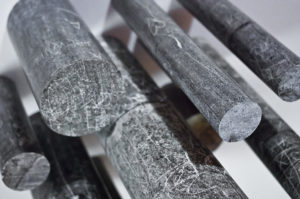
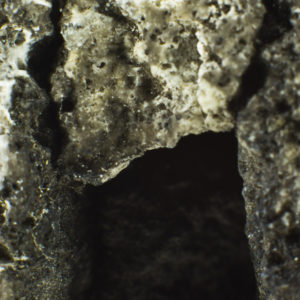 Teraz wyrosło pokolenie nie wiedząc o czasach sowieckich, pokolenie urodzone po 1984 i po 1991 roku. Epoka radziecka przedstawiana dla nich propagandą jako czas coś heroicznego i pozytywny,
Teraz wyrosło pokolenie nie wiedząc o czasach sowieckich, pokolenie urodzone po 1984 i po 1991 roku. Epoka radziecka przedstawiana dla nich propagandą jako czas coś heroicznego i pozytywny,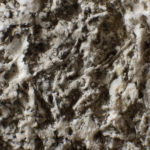
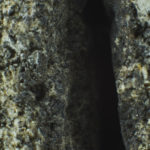


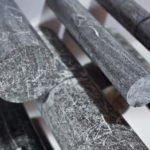
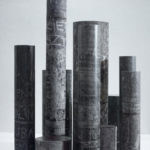
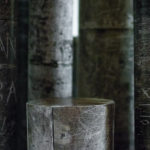
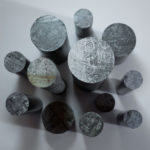
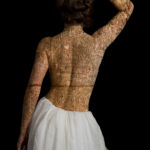
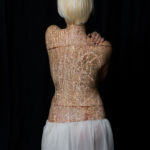
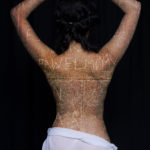
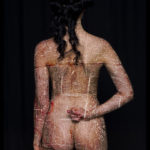

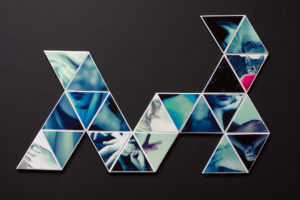
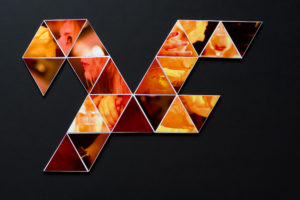
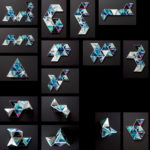
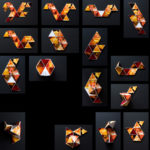
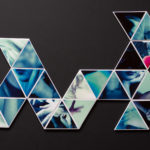

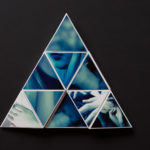

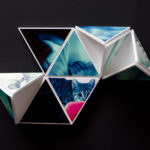
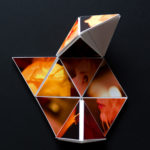
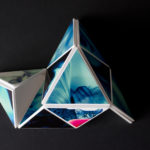
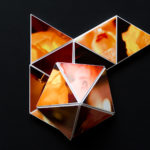

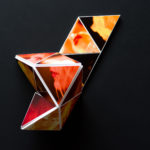

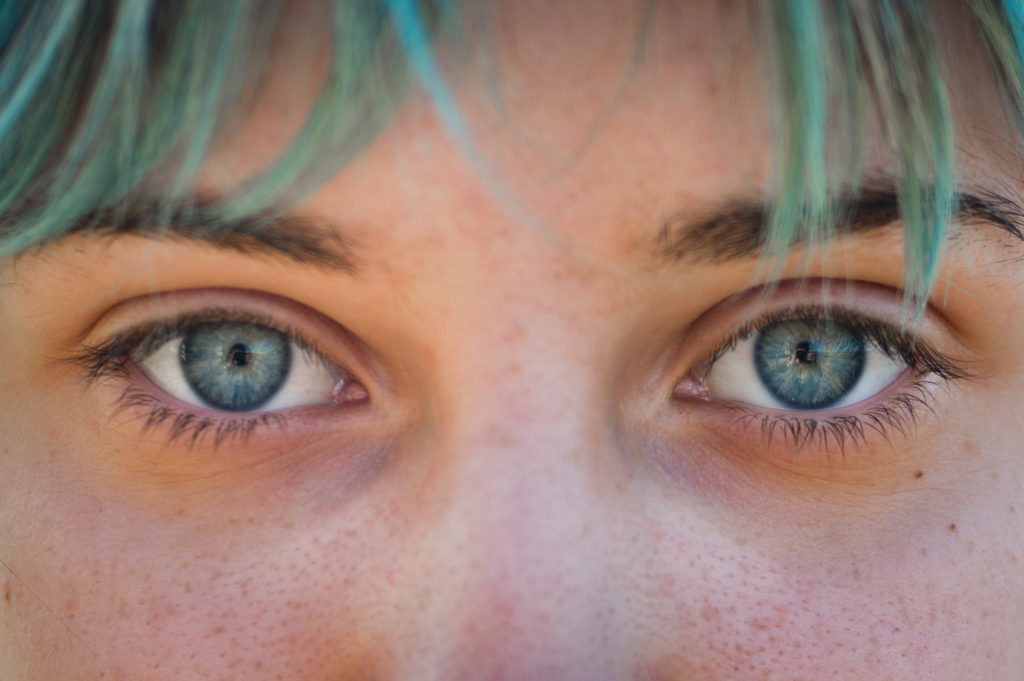

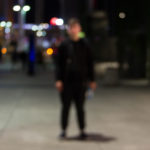
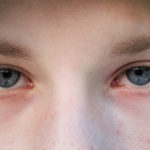
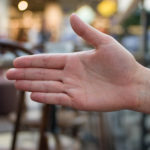
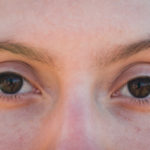
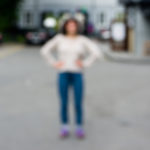
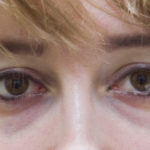
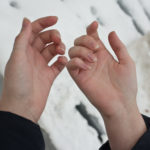
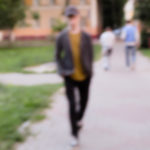
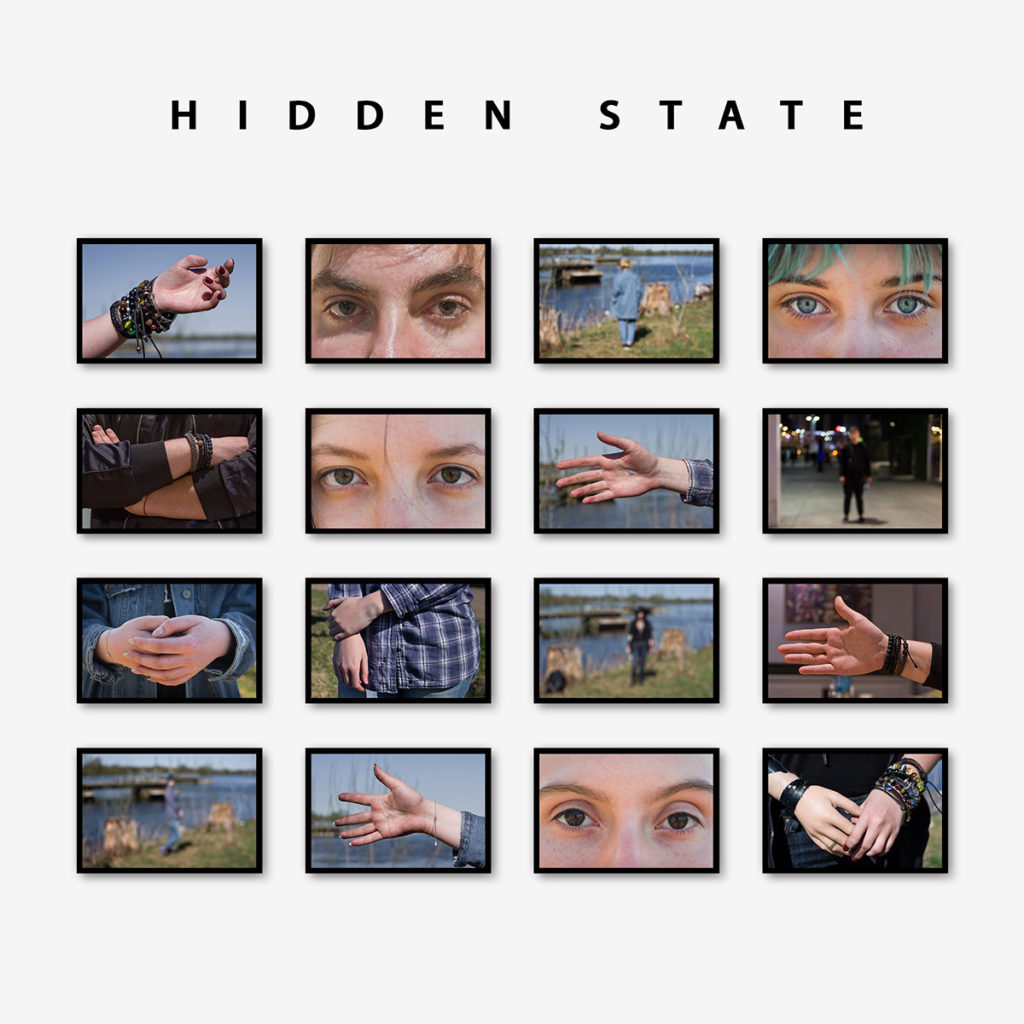
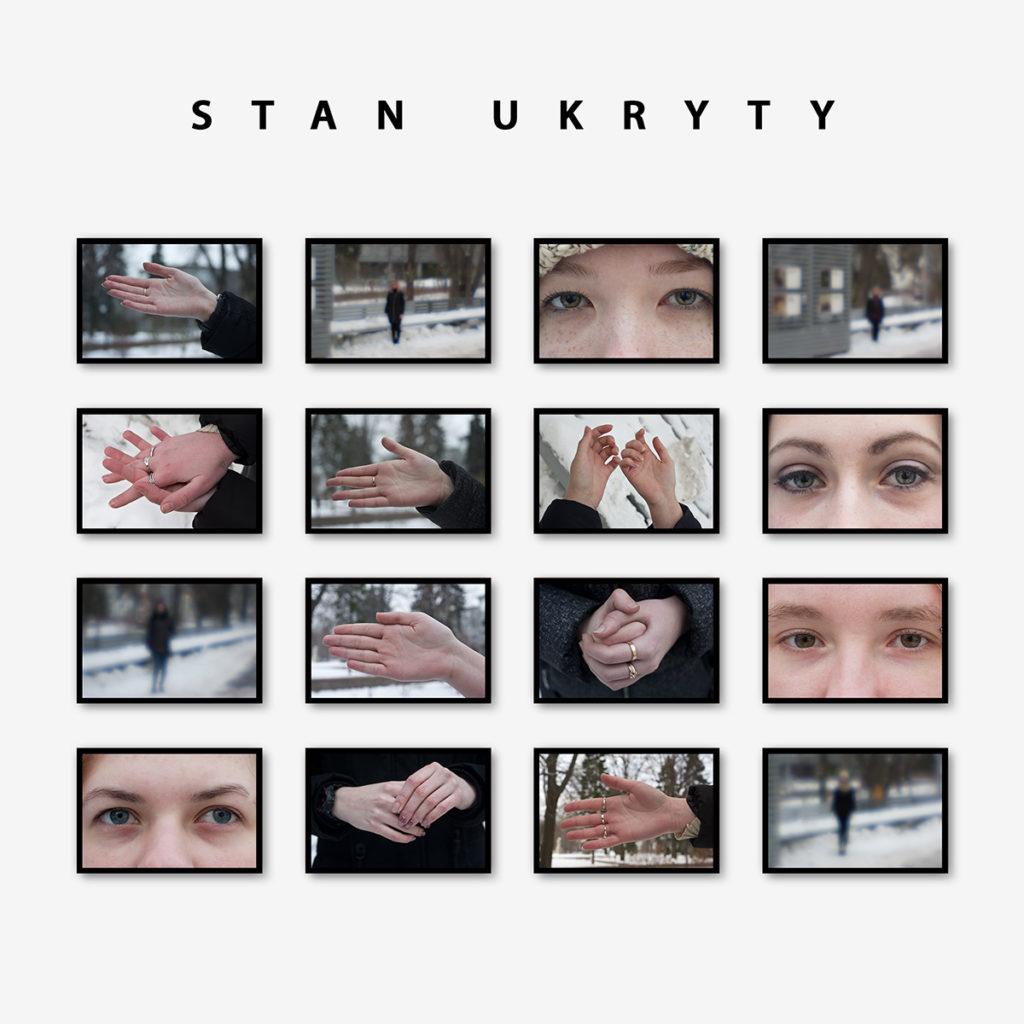

You must be logged in to post a comment.